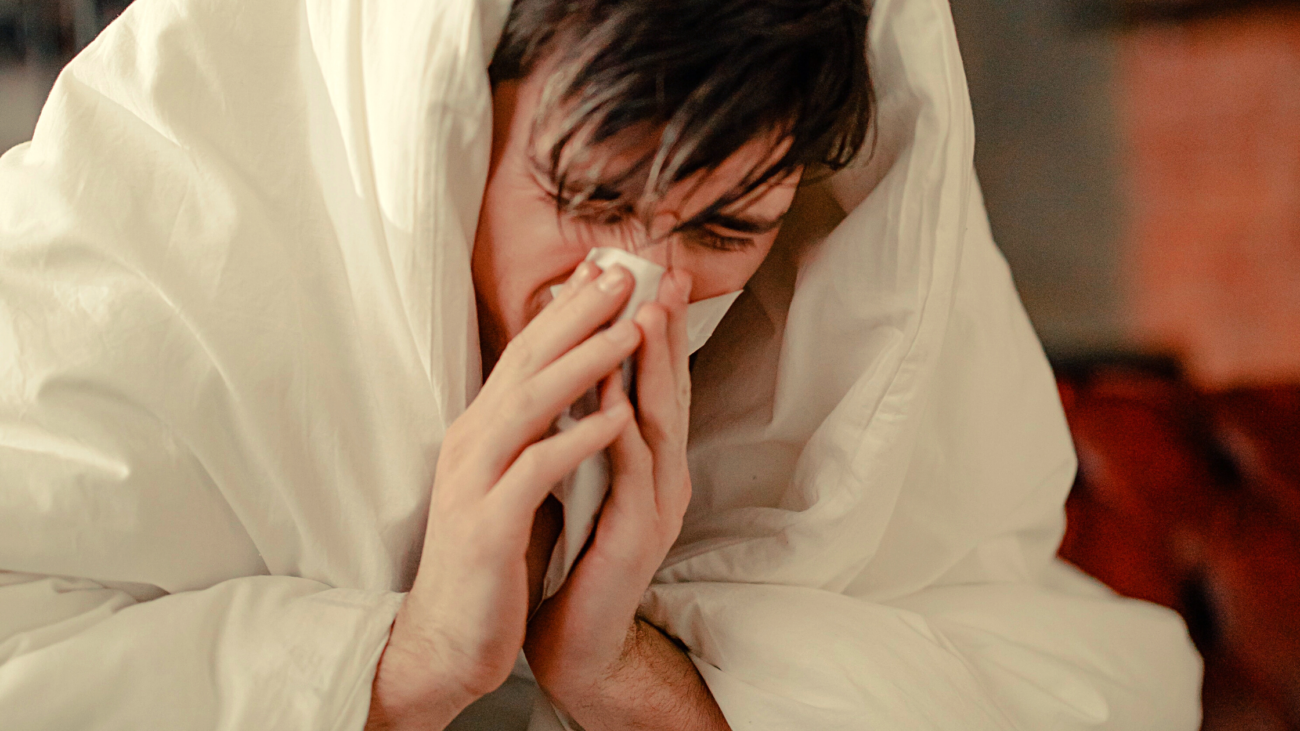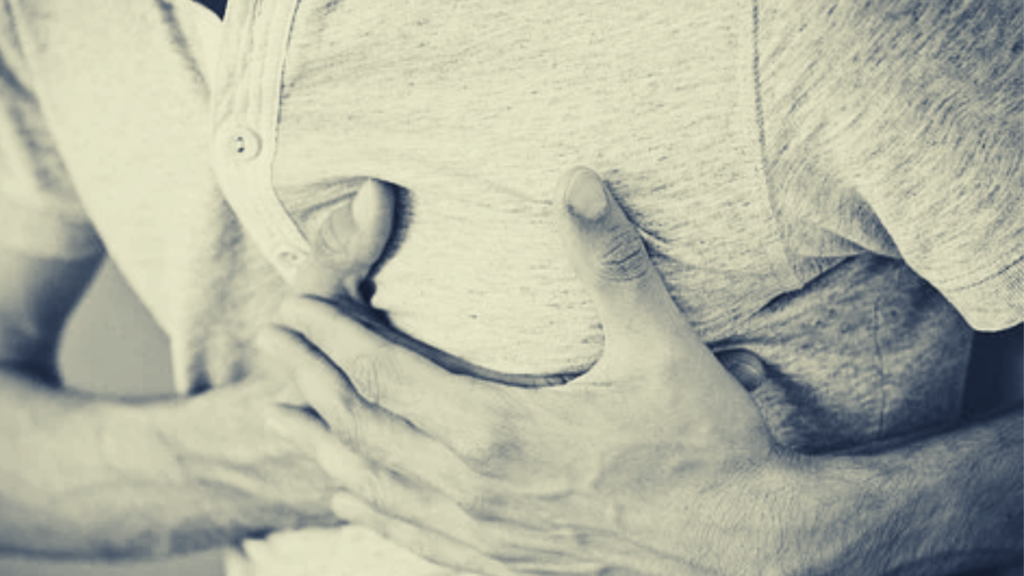Do you get chest pain when you sneeze? Do you want to understand the most effective tips for treating sneezing related chest pain, causes, and symptoms? If so, you’re on the right track. Many people experience this phenomenon, which is known as sneezing chest pain. While it’s not usually a cause for alarm, it can be very uncomfortable.
Fortunately, there are a few tricks and tips for treating sneezing related chest pain that can help relieve the pain and discomfort associated with sneezing-related chest pain.
This helpful guide will discuss seven of the most effective tips for treating sneezing-related chest pain and symptoms. So, let’s start with the causes first.
What causes chest pain when one sneezes?
Sneezing is a reflex that occurs when our bodies are trying to expel something that can be irritating our nose or throat. When we sneeze, the muscles in our chest and abdomen contract. These can put pressure on the lungs and heart, which can cause pain.
1. Pleurisy
There are several possible causes of chest pain when sneezing. One of the most common is a condition called pleurisy. These occur when the membranes that line the lungs and chest wall become inflamed. These can happen due to an infection, injury, or other health condition.
2. Heart attack
Another possible cause of chest pain when sneezing is a heart attack. There are more likely to occur if you have a history of heart disease. It is essential to seek medical help if you experience chest pain when sneezing.
3. Costochondritis
Next, a possible cause of chest pain when sneezing is a condition called costochondritis. These occur when the cartilage that connects the ribs to the breastbone becomes inflamed. These can happen due to an infection, injury, or other health condition.
4. Intercostal muscle strain
A fourth possible cause of chest pain when sneezing is intercostal muscle strain. This occurs when the muscles between the ribs become strained or torn. These usually happen as a result of an injury or excessive sneezing.
5. Pulmonary embolism
A fourth possible cause of chest pain when sneezing is pulmonary embolism. This condition is a blockage of an artery in the lungs. It is often caused by a blood clot that has travelled from another part of the body. Symptoms include shortness of breath, chest pain, coughing, and wheezing.
6. Bronchitis
A sixth possible cause of chest pain when sneezing is a condition called bronchitis. The bronchi, which are the tubes that transport air to and from the lungs, can often be inflamed; resulting in this condition. Infections, smoking, or environmental irritants are common causes. In addition, coughing, shortness of breath, and chest pain are all symptoms.
Treatment for sneezing-induced chest pain
1. Lean forward when you sneeze.
One of the best ways to reduce chest pain when sneezing is to lean forward while you do it. This will help to take the pressure off your chest and prevent the pain from getting worse. It may take a little practice, but eventually, you’ll be able to do it without thinking about it.
2. Use a pillow to support your chest.
If you find that leaning forward isn’t enough to relieve your chest pain, you can try using a pillow to support your chest while you sneeze. These will help to take even more pressure off of your chest and should make the pain more bearable.
3. Try not to sneeze too hard.
Another helpful tip is to try not to sneeze too hard. Sneezing with too much force can often cause the pain to be worse, so it’s best to let out a gentle sneeze.
4. Take a pain reliever before sneezing.
If you know that you’re going to be sneezing, you can try taking a pain reliever such as ibuprofen or acetaminophen before you do it. These will help to reduce the pain and discomfort beforehand.
5. Apply a warm compress to your chest.
If you’re experiencing a lot of pain, you can try applying a warm compress to your chest. These will help to soothe the pain and make it more bearable.
If your pain is severe, see a doctor.
If you find that the above tips are not enough to relieve your chest pain, you must see a doctor. These are especially true if the pain is severe or if the person has any other symptoms such as shortness of breath.
Conclusion:
We hope that these tips will help you treat your chest pain when sneezing. Consult your doctor if you have any questions or concerns. They can provide you with more information and help you find the best treatment for your situation. Thanks for reading!
You May Like This: 11 Steps To Help You Create An Effective Nursing Care Plan For Hypertension Patients
Q: How do you know you’re going to have a heart attack?
A: Symptoms of a heart attack may include chest pain, shortness of breath, sweating, or nausea. If you think you or someone else is having a heart attack, it is vital to call 999 immediately.
Q: What are the symptoms of a chest infection?
A: Symptoms of a chest infection may include coughing, fever, and difficulty breathing. If you think you or someone else has a chest infection. It is vital to see a doctor as soon as possible.
Q: What is pneumothorax?
A: Pneumothorax occurs when air leaks into the space between the lungs and the chest wall. These can cause the lung to collapse, which can be life-threatening. If you think you or someone else has a pneumothorax, call 999 immediately or the emergency number of the country you live in.
What are the most common causes of chest pain?
The most common causes of chest pain are heartburn, indigestion, gas, and stress. However, other potential causes include a heart attack, pneumonia, or even a pulled muscle. If you’re unsure what is causing your chest pain, it’s always best to consult with a doctor.
What are the treatments for chest pain?
Again, the treatment for chest pain will vary depending on the underlying cause. However, some common treatments include antacids for heartburn, stress-relieving techniques for stress-induced chest pain, and antibiotics for pneumonia. If you’re unsure what is causing your chest pain, it’s vital to consult with a doctor so they can properly diagnose and treat the condition.
Do you have any other tips for dealing with chest pain?
If you suffer from chronic or severe chest pain, it’s vital to consult with a doctor to find the best course of treatment. In the meantime, there are a few things you can do to help ease your pain.
First, try taking deep breaths and focusing on relaxing your muscles.
You can also apply a heating pad to the area or take a hot shower. Lastly, avoid trigger foods or activities that worsen your chest pain. If you have any other questions or concerns, please reach out to us. We’re here to help!



